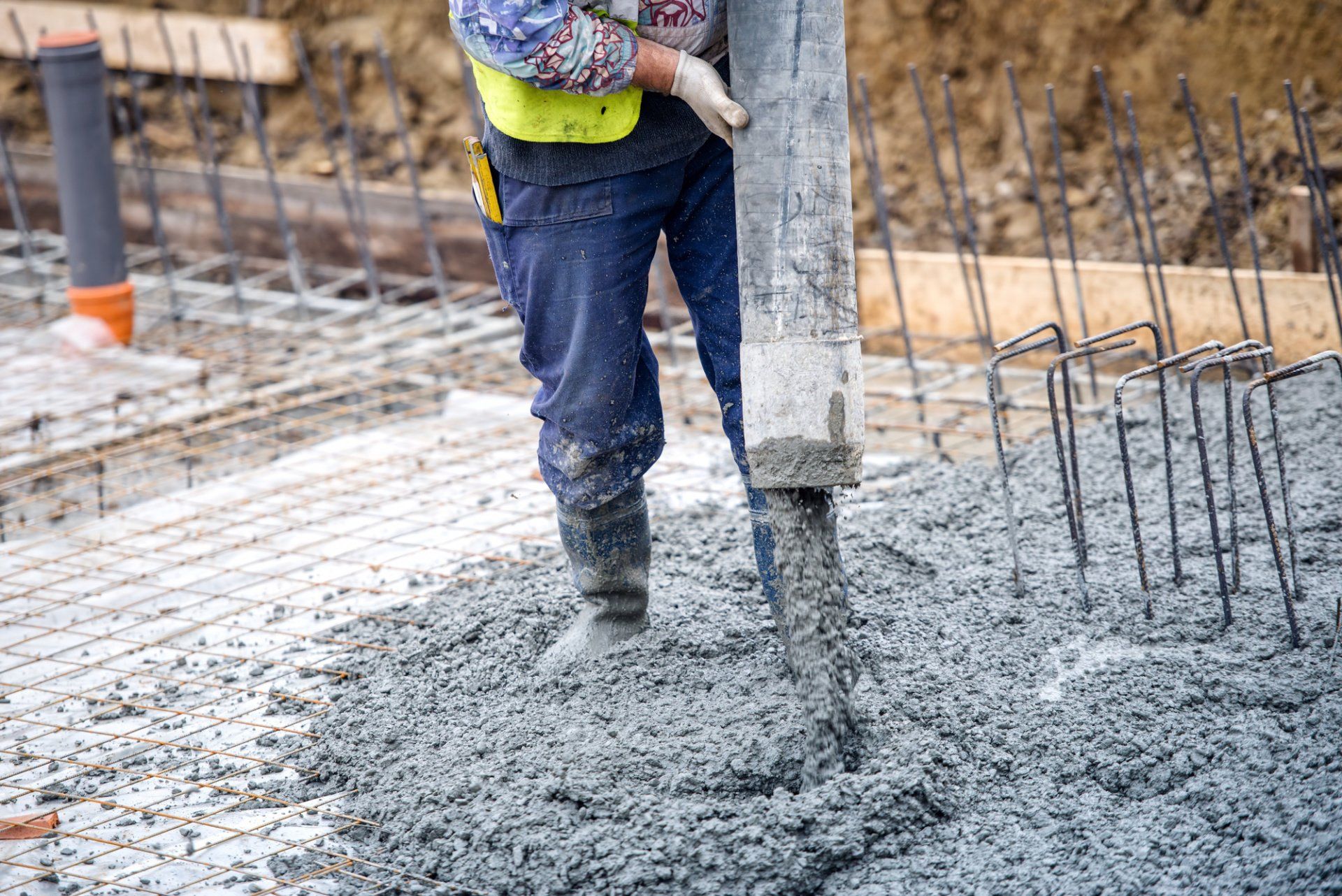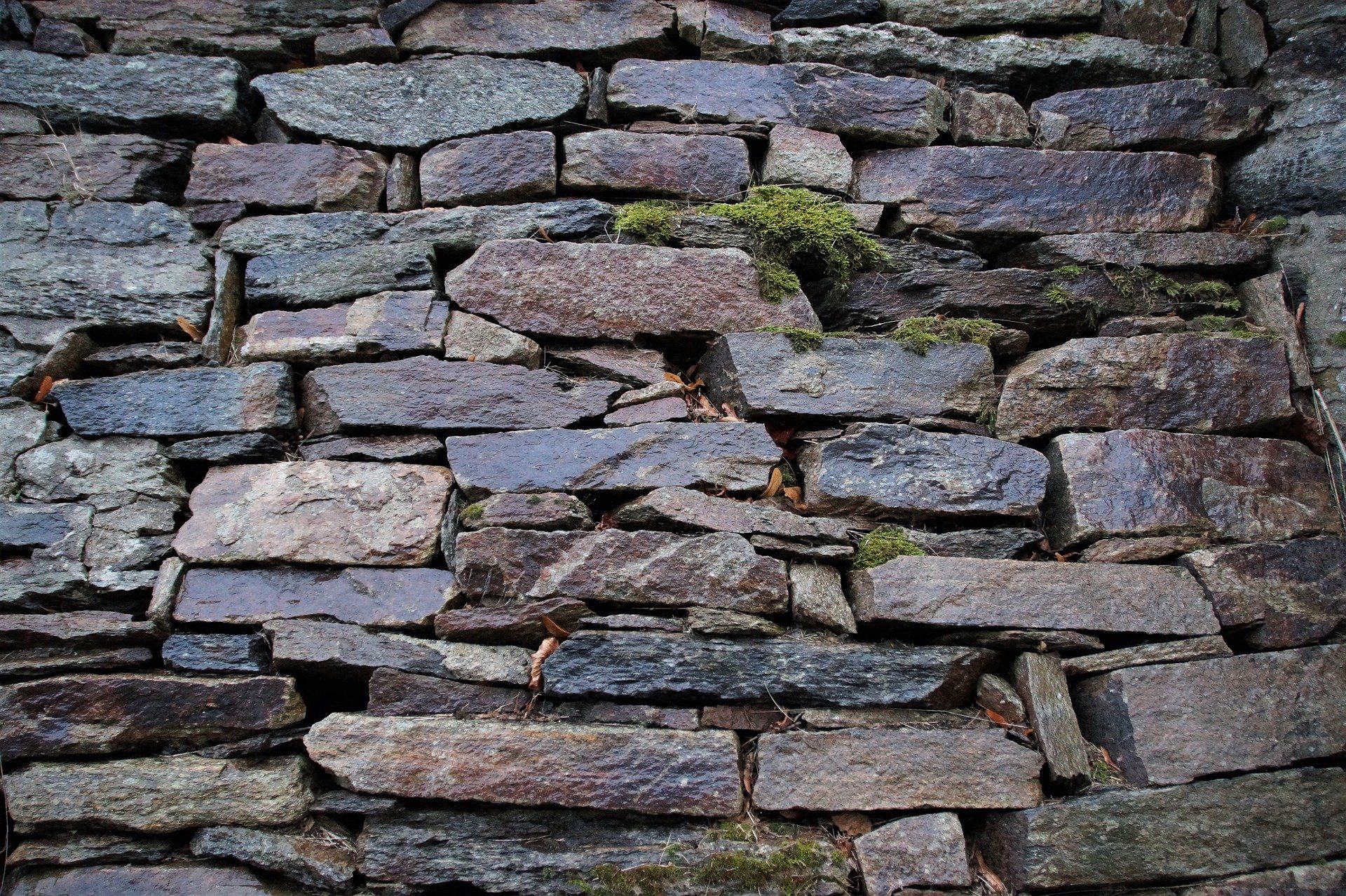Almost 6 million commercial buildings are built each year. Of the 6 million buildings, every single one uses concrete of some type in their construction. But, the popularity of concrete has begun to surge in residential construction as well.
It makes sense. Concrete is energy efficient, allows you to avoid pests like termites, and offers a modern finishing that traditional methods lack.
But, how is the concrete poured? How is it used? That's where concrete slabs come in.
Here we will tell you all about the different concrete slab types and what their applications are.
3. Waffle Slab
This is a reinforced concrete slab that has square gridding with deep sides. When viewed from above it looks like a waffle because of all the square pockets.
It's a more expensive technique because it takes a lot of materials to accomplish and more structural engineering.
9. Bubble Deck Slab
Bubble deck slabs use a combination of poured concrete and plastic reinforced bubbles
to replace the ineffective concrete in the center of the slab.
These reduce weight, allow for larger spans to be poured, and increase the strength of the slab.
Concrete is More Than Pour and Go: Different Concrete Slab Types Make the Project Better
We hope this has taught you more about the different concrete slab types.
Ready to learn more? Contact us today!






